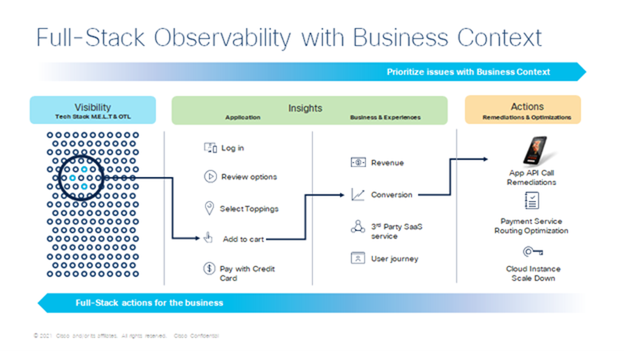The global market for full-stack observability, while still a theater of vibrant innovation, is undergoing a powerful and unmistakable trend towards market share consolidation around a handful of dominant, unified platforms. A focused examination of Full-Stack Observability Services Market Share Consolidation reveals that as enterprises mature in their cloud-native journey, they are actively seeking to move away from a fragmented collection of disparate monitoring tools and are instead consolidating their observability spending with a single, strategic platform vendor. This "vendor consolidation" trend is a massive tailwind for the market leaders who can offer a comprehensive, all-in-one platform that covers metrics, logs, traces, and more. The Full-Stack Observability Services Market size is projected to grow USD 60.29 Billion by 2035, exhibiting a CAGR of 21.88% during the forecast period 2025-2035. As this market continues its explosive growth, the immense economies of scale in data processing and the powerful "data network effects" of the leading platforms are creating a self-reinforcing cycle that is strengthening their market leadership and squeezing out smaller, single-point solution providers.
The primary force driving this consolidation is the immense operational complexity and inefficiency of the legacy "best-of-breed" monitoring model. In the past, a typical IT organization would have one tool for infrastructure monitoring, another for application performance monitoring (APM), a third for log management, and a fourth for user experience monitoring. This created a "swivel chair" problem for engineers, who would have to jump between multiple different, disconnected tools to troubleshoot a single issue. It also created massive data silos, making it nearly impossible to get a holistic view of system health. The major observability platforms, like Datadog and Dynatrace, have built their entire business on solving this problem. Their core value proposition is a single, unified platform that can ingest all of an organization's telemetry data—metrics, logs, and traces—and correlate it in a single place. This demand for a unified platform and a "single pane of glass" is the most powerful demand-side force driving market share consolidation, as enterprises are actively looking to reduce their number of monitoring vendors and standardize on a single, comprehensive platform.
This consolidation trend is being further amplified by the M&A strategies of the major players and the powerful data network effects they enjoy. The major observability platforms have all been active acquirers, buying up smaller, innovative startups to add new capabilities—such as security monitoring or cloud cost management—to their platforms, making their suites even more comprehensive and harder to compete with. Furthermore, these platforms benefit from a powerful data network effect. The more data a platform ingests from its thousands of customers, the more powerful its AI and machine learning models become for tasks like anomaly detection and benchmarking. This means that the largest platforms naturally become the "smartest" platforms, creating a virtuous cycle that attracts more customers. The immense cost of building and operating a global, multi-tenant, at-scale data analytics platform that can ingest petabytes of data per day is another massive barrier to entry, ensuring that the market will continue to be dominated by the handful of well-funded, established leaders who have already achieved this scale.
Top Trending Reports -



